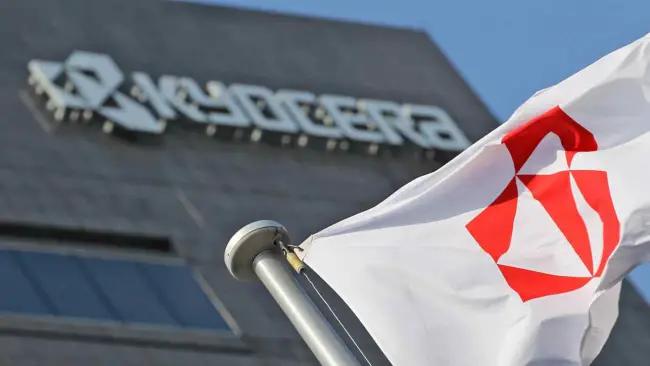Kyocera Plans to Sell 200 billion yen of Components and Semiconductor Business
Japanese electronics group Kyocera is facing profitability challenges in its electronics components and semiconductor-related businesses and plans to divest some of its operations in the coming years. According to the Nikkei, Kyocera plans to sell approximately 200 billion yen (about $1.3 billion) of its business by March 2026, which accounts for one-tenth of its consolidated sales.
Background and Sale Plan
Kyocera's automotive capacitors and semiconductor packaging businesses have recently underperformed, limiting the company's growth. Kyocera expects its consolidated net profit for the fiscal year ending in March 2025 to drop by 30% to 71 billion yen, marking the third consecutive year of profit decline. To address this challenge, Kyocera has decided to adjust its long-standing diversified development strategy and focus on enhancing profitability.
Kyocera's President, Hidefumi Yamamoto, stated, "We have identified businesses that are not expected to grow as non-core and hope to sell them within the fiscal year ending in March 2026." Although he did not list specific targets for sale, the company is expected to gradually divest businesses that Kyocera alone cannot improve in terms of profitability. In October 2024, Kyocera announced that it would categorize its businesses into core businesses with growth potential and non-core businesses, and exit some of the non-core businesses.
Future Investment Plans
Despite plans to sell some businesses, Kyocera will continue to invest in growth areas. The company plans to invest 68 billion yen in building a factory in Nagasaki Prefecture to produce components for semiconductor-related applications. Additionally, Kyocera intends to sell one-third of its shares in Japanese telecommunications operator KDDI over the next five years, with an expected market value of about 500 billion yen. The company plans to invest these funds in core businesses and large-scale mergers and acquisitions.
Kyocera Background 
Kyocera was founded in 1959 as a ceramic parts manufacturer and has since diversified into 15 fields, including electronic components, communication devices, medical equipment, cutting and power tools, and multifunctional printers. Kyocera is known for its "Amoeba Management" system, which divides the company's operations into small teams responsible for business profitability. However, with the rise of manufacturers from China and other regions, profitability in some areas has become increasingly challenging.
Industry Impact
Kyocera's decision to sell part of its components and semiconductor business reflects the challenges faced by the global electronics components and semiconductor industry. As market competition intensifies, companies need to continuously adjust their strategies to maintain competitiveness and profitability. Kyocera's business adjustments may have some impact on the related supply chain and market, but they also provide opportunities for other companies to acquire and integrate. In the future, Kyocera will continue to focus on semiconductors and electronic components, laying a solid foundation for the company's sustainable development.
Conevo IC Components
Conevo Elec , a trusted semiconductor component distributor with a professional team, offers a wide range of ic electronic component resources. At CONEVO, you can quickly find ic components and models you need. Below is a selection of some popular integrated circuit chips.
1. The EP4CGX22BF14C8N is a Cyclone® IV GX Field Programmable Gate Array (FPGA) IC from Intel, featuring 21,280 logic elements, 774,144 bits of embedded block RAM, and packaged in a 169-pin FBGA with a supply voltage of 1.2V, suitable for commercial temperature range of 0°C to +85°C.
2. The MP9447GL-Z is a high-efficiency, fast-transient, 5A, 36V synchronous step-down converter IC from Monolithic Power Systems (MPS), featuring a 20-pin QFN package with an exposed pad, suitable for a wide input-supply range of 4.5V to 36V, providing a continuous output current of 5A, adjustable output voltage from 0.8V to 32.4V, and operating within a temperature range of -40°C to +125°C.
3. The STM32G474RBT3 is a high-performance microcontroller from STMicroelectronics, featuring a 32-bit ARM Cortex-M4 core that operates at 170 MHz, with 128 KB of Flash memory and a range of peripherals suitable for various applications, including industrial control and digital signal processing.
Website: www.conevoelec.com
Email: info@conevoelec.com








